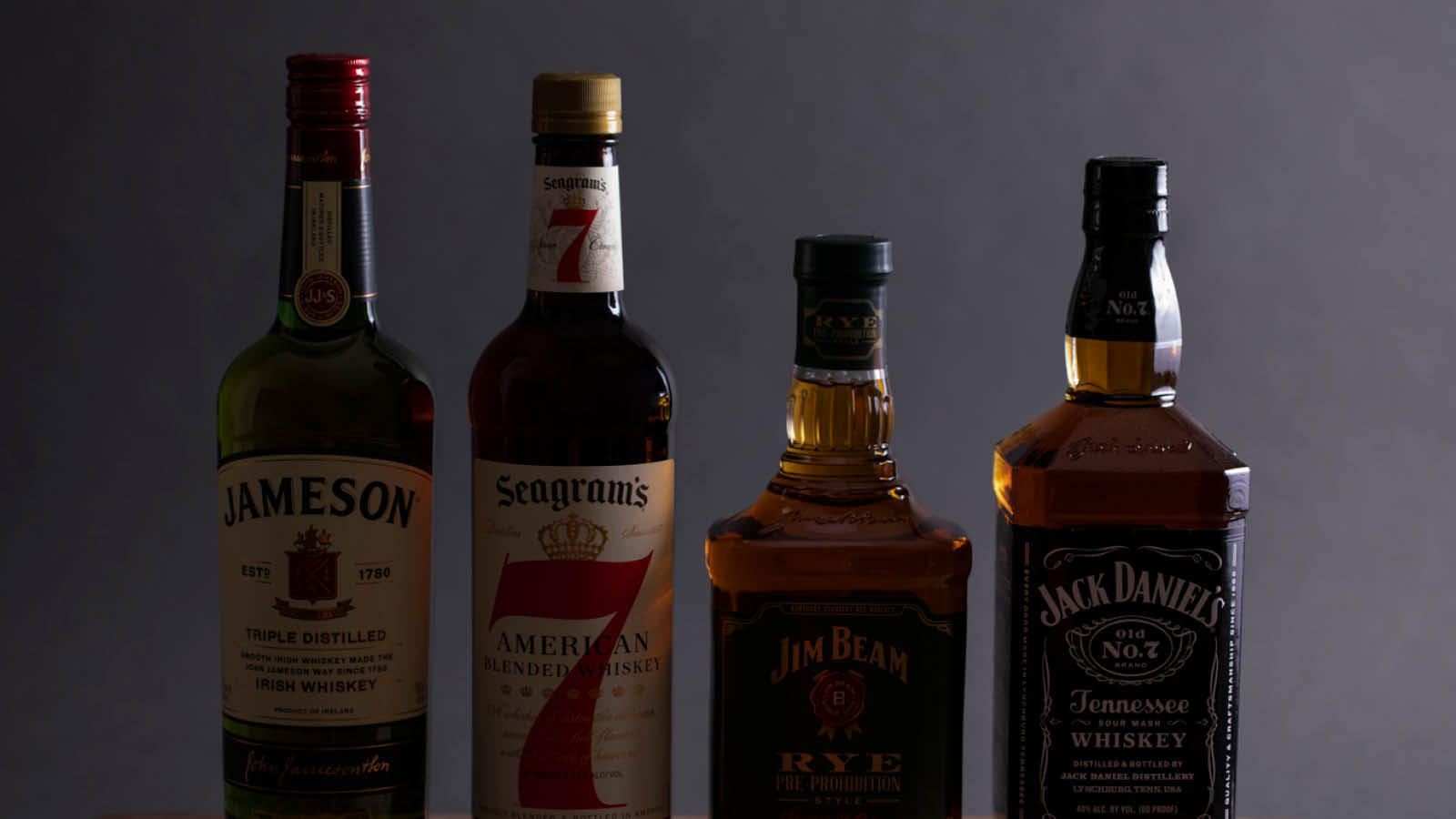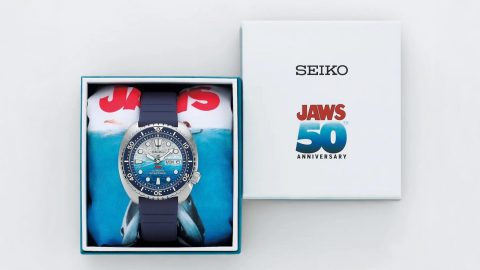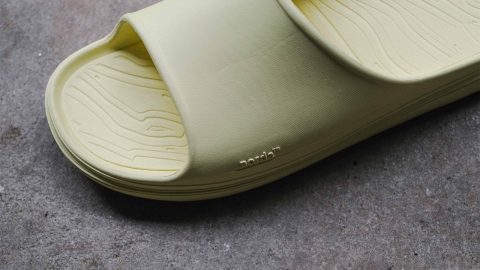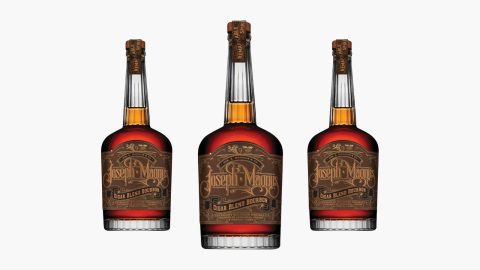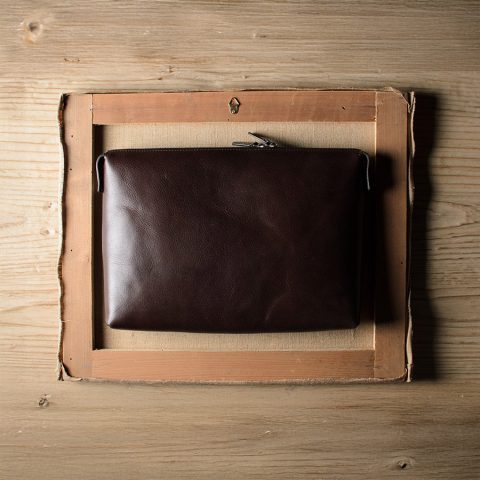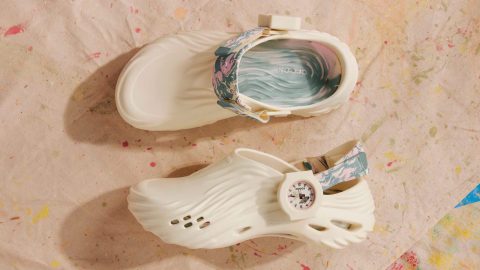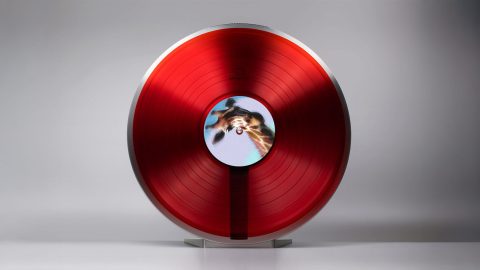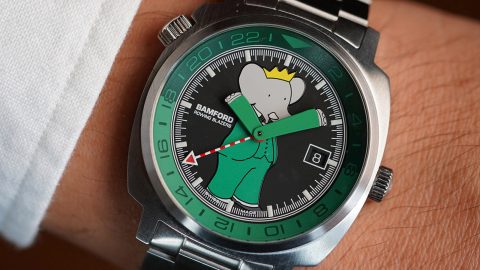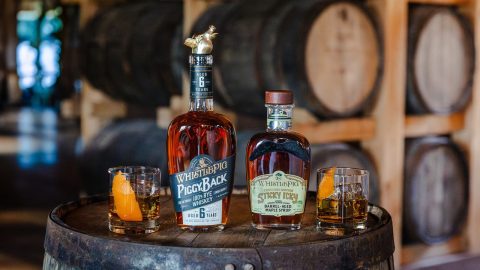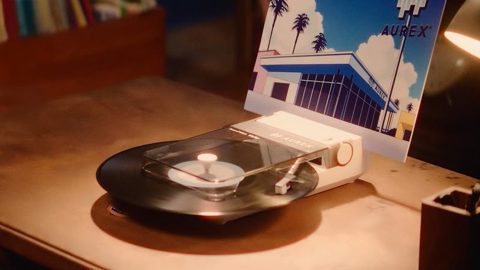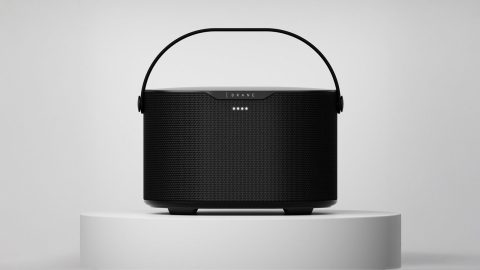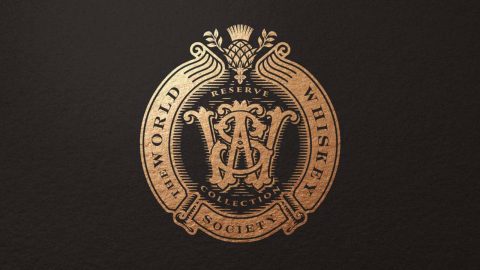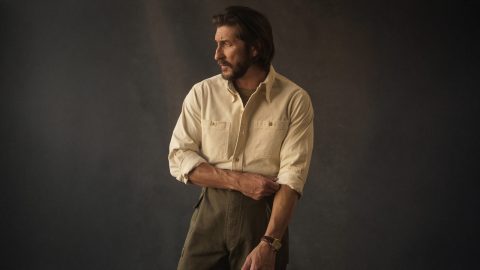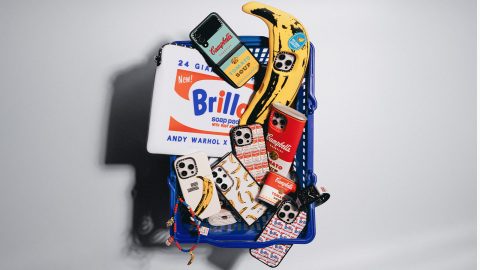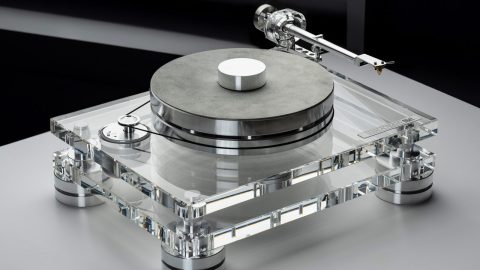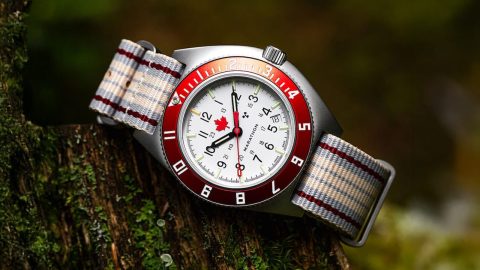American whiskey, Canadian whisky, Irish whiskey, scotch… It’s the liquor that changes its name depending on where it’s made; throw the bourbon wrench in the works and things get even more confusing. Just remember that it’s all fermented grain, it just shifts identity depending on geographic location.
- All bourbon is whiskey, but whiskey is only bourbon if it’s at least 51 percent corn, 160 proof or less, and aged in new charred oak barrels
- All scotch is whiskey too (or “whisky”, to be precise), but it’s made in Scotland using malted barley
- Whiskey is all of the above plus variations made with rye or even wheat
Confused yet? Pour yourself a couple fingers of booze and let’s get down to business. It gets easier—and more delicious—as you go.
A Quick Shot
- Proof: ~80-120+
- Calories Per Ounce: 64 and up
- Big-Name Brands: Jack Daniels, Jameson, Jim Beam, Crown Royal Seagram’s Seven,
- Classic Cocktails: Whiskey Sour, Old Fashioned, Rob Roy, Manhattan, Irish Coffee, Jack and Coke,
- Famous Song: “Whiskey River” – Willie Nelson
- Did You Know? Whiskey evaporates from its barrels at rate of about 2% per year—producers call this the “angel’s share”.
A Brief History of Whiskey
Whiskey gets its name from the Gaelic phrase uisce beatha meaning “water of life”, but grain distillation in general dates back to the Babylonians as far back as 2000 BC—long before distillation hit Ireland and Scotland somewhere around the 15th century.
Early whiskey was a raw, unrefined drink. It was typically bottled unaged and undiluted, but as palates evolved so did production techniques, resulting in a progressively smoother drink.
The Old Bushmills Distillery in Northern Island is the oldest of its kind on record, not just in the region but in the entire world, having launched in 1608. Other producers soon followed suit, but when the English Malt Tax of 1725 hit, Scottish distillers were forced into the dark, resulting in an almost Prohibition-like cloak-and-dagger routine and a slew of illegal whisky.
Immigrants brought whisky production to the United States, where the liquor soon become a form of currency. Distillers switched from barley to corn—a much more available and cheaper crop in the New World—and large-scale production commenced.
Immigrants brought whisky production to the United States, where the liquor soon become a form of currency.
Despite a few hiccups such as another stateside tax bill, which led to the Whiskey Rebellion, and the aforementioned prohibition, whiskey remains a hugely popular drink not just in the United States, Ireland, and Scotland, but in such diverse countries as Finland, India, and Japan as well.
Production, Taste, and Trends
Whiskey may be made from corn, barley, rye, wheat, or any combination thereof. Each country has its own laws governing everything from distillation to aging. In America, whiskey is required to be a maximum of 80% ABV and barreled at a maximum of 125 proof.
The flavor of whiskey shifts dramatically depending on the grain used and how it’s made. Bourbon tends to be rather sweet and caramelly with vanilla and spice notes while scotch may be smoky (to the point of tasting like a campfire smells) and thrice-distilled Irish whisky is smooth, sweet, and perhaps one of the easiest varieties to drink.
These days, you can find plenty of flavored whiskeys on the market, further muddying the waters. Fireball Cinnamon Whisky is arguably one of the most popular, but there are versions with honey, vanilla, apple, salted caramel, peach, and ginger, too.
Current producers, especially small-batch whiskey makers, are experimenting with high-rye and wheated bourbons. Other trends include aging whiskey in barrels previously used for sherry, wine, rum, or cognac, resulting a unique flavor profile.
Try It: Three Whiskey Recipes
For the umbrella purposes of this piece, we’ve included cocktails that lend themselves to whiskey as well as scotch—note that they’re not always interchangeable.
Whiskey Sour
Simple, citrusy, and classic for a reason.
- 2 ounces whiskey
- ¾ ounce fresh lemon juice
- ½ ounce simple syrup
- orange wheel (optional)
- Maraschino cherry (optional)
Combine the first three ingredients in a cocktail shaker filled with ice, cover and shake, then strain into a rocks glass over ice. Garnish with the orange wheel and cherry if desired.
Irish Coffee
It’ll heat you up on a cold day and turn and transport you to Ireland with a single sip. Most people think an Irish coffee is just whiskey and whatever bean brew you have lying around, but the true recipe (we got ours from no less an authority than the folks at Jameson Whiskey) is more complex and worth every single step.
- 1/3 ounce simple syrup*
- 1 ounce Jameson Whiskey
- 1 ounce lightly whipped double cream
- 3 ounces (about two shots) hot medium-roast espresso**
- vanilla pod, cinnamon, and/or nutmeg (optional)
Make simple syrup (click the link above for instructions), then mix 1/3 ounce of syrup and Jameson in a warmed coffee mug. Add espresso, then top with whipped cream using an overturned spoon to diffuse the cream so it floats on top rather than sinking. Garnish with vanilla pod and/or sprinkle of cinnamon and nutmeg.
*preferably made using Demerara or Muscovado sugar
**strong regular coffee will work in a pinch, we promise
Blood and Sand
Tried, true, and tasty, Blood and Sand is a scotch-based cocktail that first popped up in the 1930s. The recipe is attributed to Harry Craddock’s The Savory Cocktail Book, but the drink is apparently named after a bullfighting movie from the 1920s.
- ¾ ounce Scotch whisky
- ¾ ounce sweet vermouth
- ¾ ounce cherry liqueur
- ¾ orange juice
- orange peel (optional)
Fill a cocktail shaker with ice, add first four ingredients, shake to chill, then strain into a cocktail glass or coupe. Garnish with the orange peel, if using, and serve.

